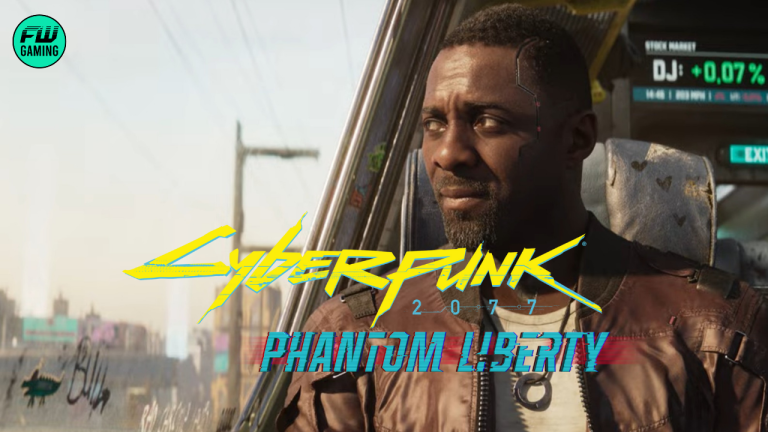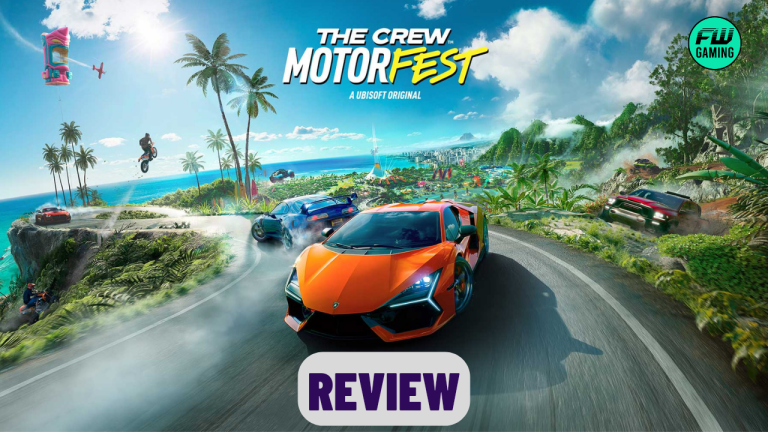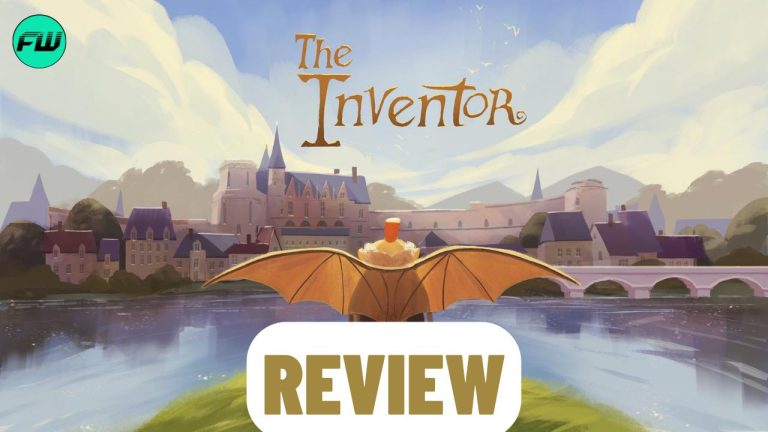
Growing up, the only awareness I possessed of globetrotting video game adventurer Lara Croft, the renowned Tomb Raider, was simply that-an awareness. Even the release of two previous live action outings in 2001 and 2003, starring Angelina Jolie as the titular archaeologist/centerfold, failed to draw me into a theater seat, though I’m not ashamed to admit that U2’s remix of Elevation off the first film’s soundtrack is still something I listen to every once in a while. Judge me if you must. The music video is unpleasant.
The same can be said about most video game-to-film adaptations-seeing the Super Mario Bros. movie on opening day in 1993 was but one of a few experiences seeing such a beloved property come to life on my end, in addition to 1995’s Mortal Kombat-the former may be horrendous, but the latter remains a guilty pleasure. Outside of taking in one of the Resident Evil entries at some point as well, I’ve never laid eyes on Double Dragon, Street Fighter: The Movie, Doom, Prince of Persia: The Sands of Time, Need for Speed or Warcraft. Judging from the critical reception to all of these films, in addition to countless others I’ve failed to mention, there’s probably a very good reason most movies based on video games fail to connect with audiences-adapting the source material into a live action experience doesn’t always translate well to the silver screen.
Now, with the release of Tomb Raider, yet another glimpse into Croft’s swashbuckling world of exploits, director Roar Uthaug, previously having helmed the 2015 disaster epic The Wave, has brought us a new kind of disaster in the form of this terrible film. Tomb Raider reboots the theatrical franchise, and the plot is as straightforward as they come, with Alicia Vikander inhabiting the role of Croft as she searches for a reason behind the disappearance of her businessman father Richard (Dominic West) after learning there was more to the man than she was previously lead to believe. Her quest leads her into his secret research tracking a legendary, possibly supernatural long-deceased queen to a presumably uninhabited remote jungle island where she encounters, among a few other things, Walton Goggins as Tomb Raider’s treasure hunting villain, along with a miniscule amount of excitement teased in the film’s marketing.
This brings me to my analysis of Tomb Raider, and in this sense I have to wonder where to begin.
How does the cast take to their respective roles? Sadly, despite the genuine talent involved there’s nothing to praise in this department either-the greatest compliment I can pay Vikander, for example, is that she showed up to the set each day. In the title role, she plays her part as average as possible, with none of her moments of action showcasing anything special, groundbreaking or innovative. Dominic West might be the standout as Croft’s rugged father, a trait which isn’t saying much, while Walton Goggins can’t seem to decide what to do with his character whatsoever, perplexingly shedding any form of real menace and usually relying on his ability to stare wide-eyed at off-camera objects to move the flow along. Even Kristin Scott Thomas, normally a reliably acceptable actress, does little with her tiny role and is ultimately barely worth mentioning. Did I mention Nick Frost is here as well? He is, in a role as a pawn shop clerk that was probably meant to elicit chuckles but instead made me wonder what Nick Frost was doing cast in a mess such as Tomb Raider.

A frenetic series of scenes set in London involving Croft’s workout at a local boxing club & her job as a bike courier open Tomb Raider, all of which are meant to showcase her reckless character and which are oddly backed by a ridiculous, out of place pop soundtrack. All of this immediately sets the tone that what we’ll be seeing isn’t some sort of Indiana Jones-esque escapade but something more akin to, say, Trainspotting, after which the film eventually makes it way to the island, where the rotten meat of Tomb Raider lies waiting for audiences to taste a slew of emotions, none of which are good. The transition from the streets of London to the island jungle setting does not work well at all, either-it feels like two completely different movies stapled together in post, with the tone dancing around like an out of control pinball in a malfunctioning pinball game. It, too, is based on Tomb Raider. It, too, is atrocious.
Another problem littered throughout Tomb Raider is its reliance on referring back to plot devices referenced early in the film far too many times that is necessary-in the opening boxing scene, for example, Croft succumbs to a chokehold move administered by her opponent that might have had an effective punch had she eventually succeeded in using it to her advantage later in the movie, a classic trope seen in film as a satisfying form of redemption. Unfortunately, this particular move ends up being used more than several times throughout the remainder of Tomb Raider, which by the time it’s seen for the fourth or fifth repetition couldn’t be more exhausting. I also lost count at the amount of times Croft dangled precariously over some sort of chasm or jumps a wide gap in slo-mo. There really were too many.
On a similar note, Tomb Raider at the end of the day exists as a crudely made patchwork quilt of greatest hits from similar films, or any movie for that matter. Want the bridge sequence from Indiana Jones and the Temple of Doom? The spike booby trap from Temple of Doom? The crazy guy from Kingdom of the Crystal Skull? The ornery father from Last Crusade? The “Word of God” moment, also from Last Crusade? The entire plot of The Mummy? It’s all here, and the less said about the key scene, the better. I tip my battered fedora to anyone who’s able to make sense of whatever was happening at that moment.

But, what of the work done behind the scenes? Surely, the crew behind Tomb Raider must have made up for the film’s shortcomings in terms of writing, cinematography, music and in other areas as well. Sadly, this too isn’t to be-Junkie XL’s work on the score sounds like leftover scraps from what he probably started writing for Justice League, while the dialogue and screenwriting overall usually places characters squarely in the middle of Exposition City many times over. Aspects like the shadow organization which employs Goggins’ baddie feel underdeveloped as well. I wish I could say that the film LOOKS decent, which it does, but this is more due to the fact that the cameras used to capture Tomb Raider happened to be working throughout the duration of principal photography. There’s nothing to write home about when it comes to any of the film’s settings, whether on the streets of London or the island jungles-it’s as average as average gets. Additionally, the storm that capsizes Croft’s boat en route to said island is, for lack of a better description, excessively loud and highly reminiscent of Cast Away, truly demonstrating how Uthaug again has a penchant for sequences involving large bodies of water after The Wave. Even the editing seems sloppy, with periodic shots of the island inserted randomly for no real reason other than to possibly remind the audience where the film is taking place, I suppose. Was it at all necessary for Croft at one moment to stumble onto a beach and gaze at the water for a minute or two? I saw no reason of any kind.
There exist no redeeming factors within Tomb Raider’s 118-minute runtime-the underwhelming performances and average-to-poor production elements overall comprise a film better left in the Warner Brothers vault than released during a year loaded with more promise than is found in this trainwreck. There’s no way I can recommend it, other than to pick it apart with a good friend-in this regard, I had a wonderful time.
Thanks for the memories, Tomb Raider!









